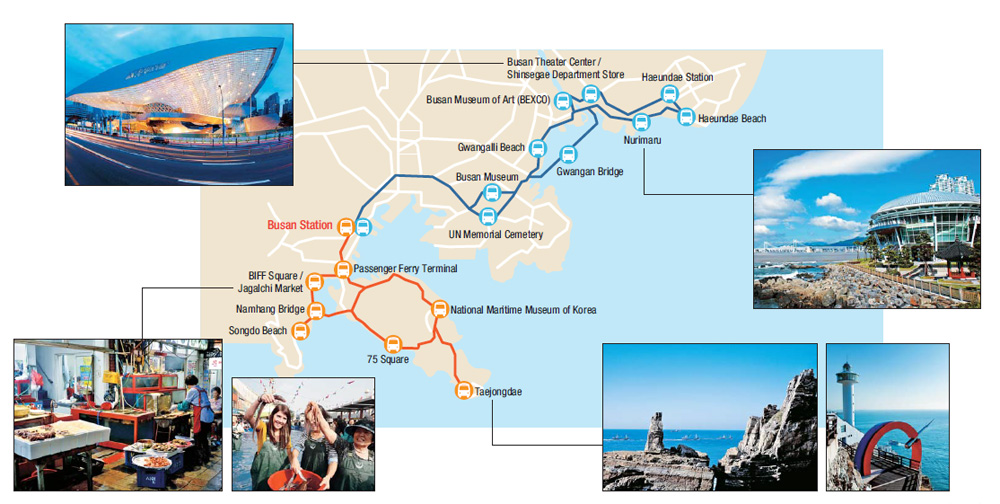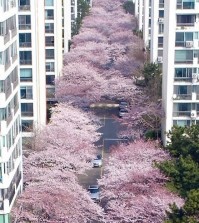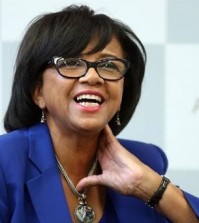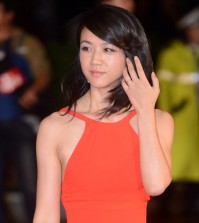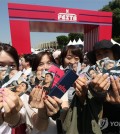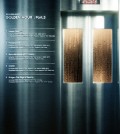- California Assembly OKs highest minimum wage in nation
- S. Korea unveils first graphic cigarette warnings
- US joins with South Korea, Japan in bid to deter North Korea
- LPGA golfer Chun In-gee finally back in action
- S. Korea won’t be top seed in final World Cup qualification round
- US men’s soccer misses 2nd straight Olympics
- US back on track in qualifying with 4-0 win over Guatemala
- High-intensity workout injuries spawn cottage industry
- CDC expands range of Zika mosquitoes into parts of Northeast
- Who knew? ‘The Walking Dead’ is helping families connect
Tour Buses Buzzing Along in Busan
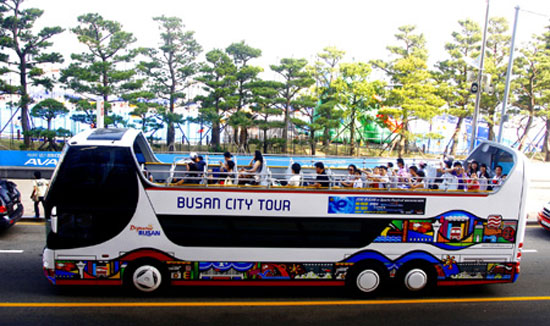
Courtesy of KTO
By Yun Suh-young
BUSAN — Double-decker buses are becoming part of the cultural fabric of Busan, Korea’s bustling seaside metropolis that is growing as a leisure destination for international travelers.
These large buses — some of them with open, rooftop seats — are the stars of a tour-bus brigade operated by the municipal government. They are recommendable options for travelers on a time constraint who want to visit as many destinations in a day.
Call them the more successful cousins of Seoul city tour buses. Seoul’s tour-bus services carried 150,000 passengers last year compared to Busan’s 180,000, an impressive number considering that the capital had significantly more tourists. With 1,000 people hopping on its tour buses every day, Busan expects to count 200,000 passengers by the end of the year.
It was in 2006 when Busan first started the tour bus system, operating both single-floor buses and double-deckers. Double-deckers with rooftop seats were first introduced in 2010. The Busan Tourism Organization plans to increase the number of buses, including adding two more next year.
First-hand experience
When this reporter arrived at Busan Station at around 9:30 a.m. on Wednesday last week, there were people already lined up to board a double-decker with rooftop seats. By boarding time, there were more people than seats available.
Double-deckers with rooftop seats are obviously the most popular among tourists, especially when the weather is nice. Double-deckers with closed tops are more popular when the temperature drops.
Regrettably, it’s hard for tourists to choose between single-floor buses, double-deckers and double-deckers with rooftop seats because they rotate during the day.
So a tourist who goes to a destination on a double-decker might take a more boring mode of transport on the way back. The single-floor buses, though, have the most spacious seats and are normally less crowded.
Tour courses and hours
The buses operate on two, “looped” routes, each taking about an hour and 40 minutes if the passenger chooses not to get off at any of the spots.
Travelers can tour both routes — the first one highlighted by Taejongdae Natural Park and the other the famous Haeundae Beach — with a single ticket that costs 10,000 won.
The stops of the Taejongdae route include Busan Passenger Ferry Terminal, 75 Square, National Maritime Museum, Songdo Beach, BIFF Square and Jagalchi Market aside of the natural park.
The 75 Square and Taejongdae, the latter best known for its observatory looking across the sea, are great places to view the ocean by walking along the beachside trails.
The Jagalchi Market, the country’s largest fish market, is a must-see in Busan. The market always has a festive mood, especially at night, with people drinking over grilled fish and seafood.
The BIFF Square is the venue of the annual Busan International Film Festival, which recently ended. It’s called a square but it’s actually a street across from Jagalchi Market, and a frequent venue of cultural events.
The National Maritime Museum is also an underrated destination.
The museum, which is free of admission, displays a variety of items on maritime culture and trade and also how the peninsula’s geographical conditions influenced its history and security. The explanations are provided in Korean and English.
The Haeundae route stops at Busan Museum, Gwangalli Beach, Nurimaru, Haeundae Beach, Busan Theater Center and Shinsegae Department Store, BEXCO convention center, and UN memorial park.
The Busan Museum holds artifacts from the prehistoric ages to modern times. Nurimaru, Busan Theater Center and BEXCO are buzzing with activity with interesting exhibitions and conventions throughout the year.
The Shinsegae Department Store in Busan is also a great tourist destination. It’s known to be the largest department store in Asia and has a movie theater, spa facilities and an ice rink among its facilities.
The Spa Land inside the department store is a luxury version of “jjimjilbang,” or Korean dry sauna, which also provides massage services apart from a spa.
Tips for using the bus tour
Tickets for the city tour bus costs 10,000 won per day but if you have a KTX ticket for the same day, you can get a 10 percent discount.
If you’ve taken the train that day and are taking the bus tour on the same day, don’t forget to show your ticket or mobile ticket to the bus driver.
If you want a special type of bus tour, there are themed tours available such as the history and culture tour, temple tour, eco tour, and nightscape tours to choose from. But these tours must be reserved in advance either online (www.citytourbusan.com) or via phone (051-464-9898) as they take longer and accommodate only designated number of people.
October events in Busan
Several events will be held in Busan this month which you may want to take into account while visiting the city.
The Busan Art Festival will run through Oct. 27 at the Busan Art Center. Art works and photos will be exhibited and plays will be performed.
The Busan Fireworks Festival, the biggest annual fireworks festival in Korea, will be held from Oct. 24 – 25 at the Gwangalli Beach.








